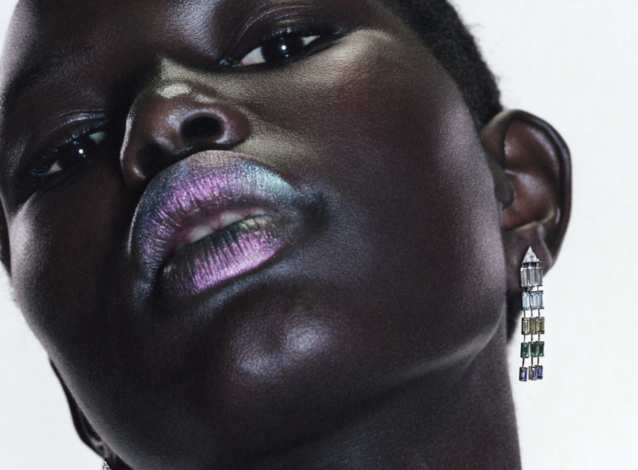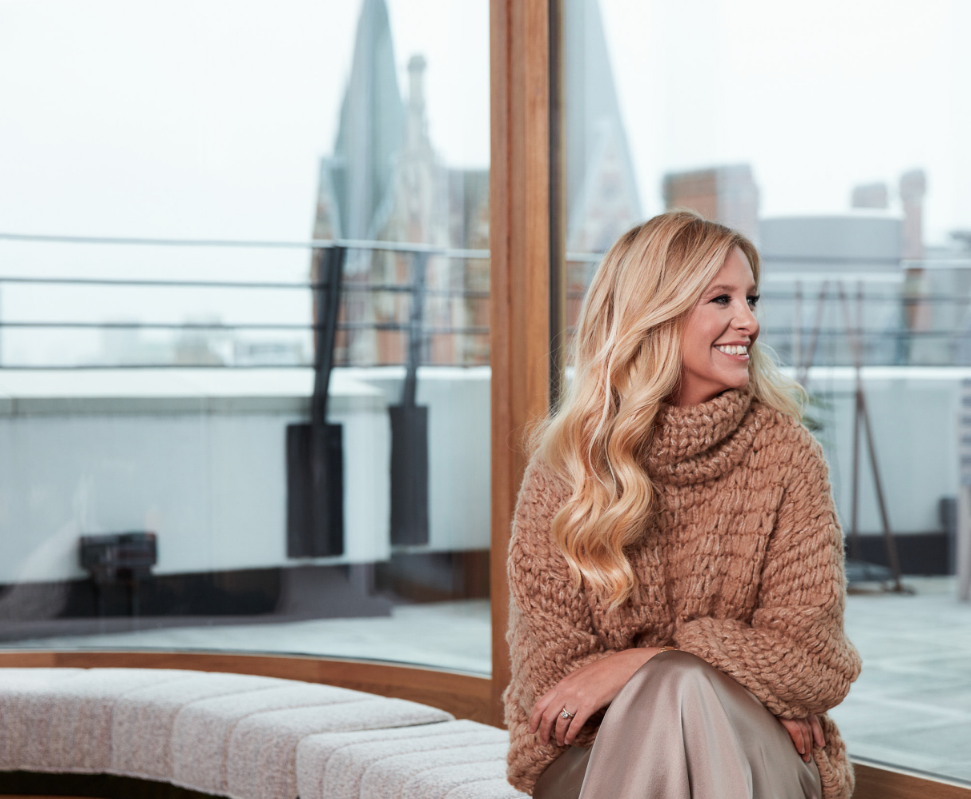Omorovicza: When Thermal Waters in Budapest Meet Skincare
Sep 22, 2016
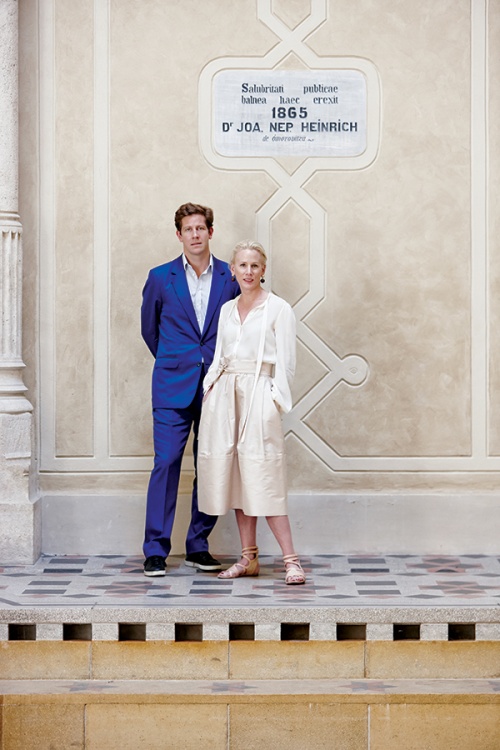
A land dotted with thermal springs and architectural gems ranging from Baroque churches to Roman ruins to art nouveau bathhouses, and sitting astride the grand River Danube, Hungary is easy to fall in love with. Stephen de Heinrich de Omorovicza thinks so, too. Omorovicza, who now lives in London, grew up in Switzerland hearing stories about the history of his family, who are descendants of an old noble house in Budapest. As a boy, he longed to move to the country of his ancestors. When, at last, he did set foot in Hungary, he discovered that his parents and grandparents didn’t know the full story of his family.
“I absolutely had no idea about this weird connection between my family and the baths. I moved there and I found that my ancestor had built this massive bath,” Omorovicza says. The ancestor was Janos de Heinrich de Omorovicza. “This ancestor of mine was very interested in healthcare and medicine, and so he built this gigantic bath for the Budapest public, but nobody in my family knew,” Omorovicza says. “How did I find out? By going to the baths and [seeing that] my name was all over the wall. It was pretty easy. It’s an unusual name.”
Thermal springs in Hungary can be a magical experience. Taking the waters, as it is called, has been a part of normal life there since the age of the Roman Empire, but for an outsider there’s nothing quite like it. Onsen in Japan are more functional. Hot springs in Denmark are in the open air. But Hungarian bathhouses are steeped in history. “It’s the kind of architecture that you normally associate with castles or great big buildings of the state,” Omorovicza says. “The experience is unusual because you’re stepping into something which has been, in many cases, running uninterruptedly since the 1500s. It’s as old as the Colosseum in Rome.”
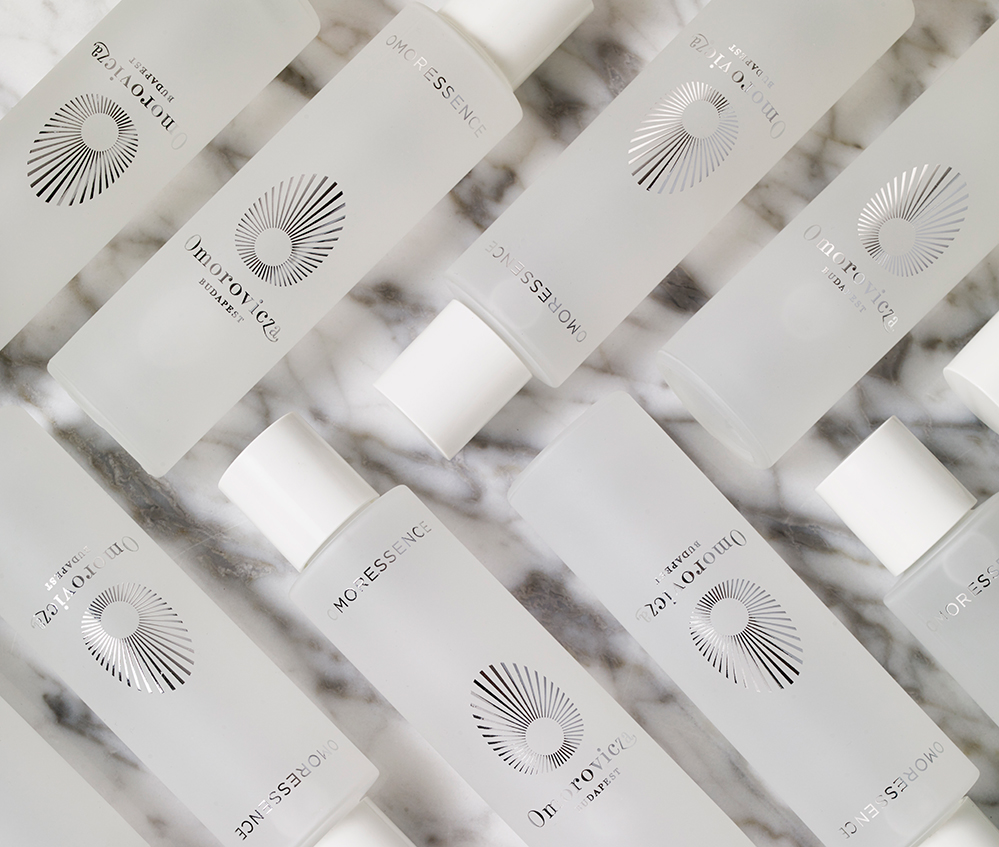
The Ottoman Empire added an extra feature to Hungarian baths. The Ottoman Turks ruled Hungary for 200 years and built hammams everywhere. They are squat structures built on top of the thermal springs, right next to the thermal spring baths that preceded them. “It’s an odd combination of Hungarian bathing and Ottoman hammams,” Omorovicza says. “They became places that people went to for a bath, not just for a wash but for its healing properties.”
The Omorovicza family’s bathhouse, the Rácz, is typical. The building occupies 8,000 square metres. It dates back to the 16th century. Its Imperial pools and shower corridor were built during the era of the Austro-Hungarian Empire. Air raids during the Second World War damaged the building, but rebuilding work in the 1960s and in 2002 restored the bathhouse to its original state.
Omorovicza brought his American wife-to-be, then called Margaret Dickerson, to the Rácz for her first experience of thermal spring baths. Dickerson was chief of staff to the US Ambassador to Hungary at the time, Nancy Brinker. Omorovicza had to persuade Dickerson to use the baths. “Americans can be quite squeamish about public bathing,” he says. Dickerson fell in love with the baths. And she found that the more time she spent in them, the better her skin became.
Inspired by the effects the thermal spring water at the Rácz had on the skin, Omorovicza and his wife bottled samples of it and had them tested them in the dermatological laboratory just outside Budapest that was famous for being the place where Vitamin C was discovered. The results of the tests showed high concentrations of minerals which included calcium and magnesium, and of hydrogen carbonate, all of which have properties that rejuvenate the skin.

The results got the Omoroviczas thinking. The ex-lawyer and diplomat had the idea of developing a skincare line based on Hungarian thermal spring water. “People thought we were crazy,” says Omorovicza. “They didn’t want to do it. There are a lot of ingredients that would work normally in regular skincare products that didn’t work in the mineralised water. There’s a reason why water is demineralised, usually because it’s very difficult to stabilise.”
But Omorovicza made it his mission to apply thermal spring water to skincare and not just any thermal spring water, but exclusively thermal spring water from the Rácz. He experimented with ways to give skincare products the beneficial properties of thermal spring water. The outcome was the Omorovicza skincare brand, launched in 2006. In 2009, Joyce Beauty brought the brand to Hong Kong.
Omorovicza’s business is diligent in looking for ways to improve its skincare line, working closely with dermatologists in its research and development effort, and is often the pioneer of new products. Other brands have endeavoured to give skincare products the beneficial properties of thermal spring water, but Omorovicza says his products are different, and not only because they are the only Hungarian products in the market.
To give the skin the benefits of the minerals, Omorovicza and his dermatologists have developed and patented technology to change the composition of the minerals found in thermal spring water so they don’t, as he puts it, “just sit on the skin and crystallise when the water dries up”. A product launched this year is Omoressence. Omoressence is a balancing and hydrating essence that combines the healing minerals from spa waters with other natural moisturising ingredients. It is applied after cleansing to attract moisture to the skin and retain it.
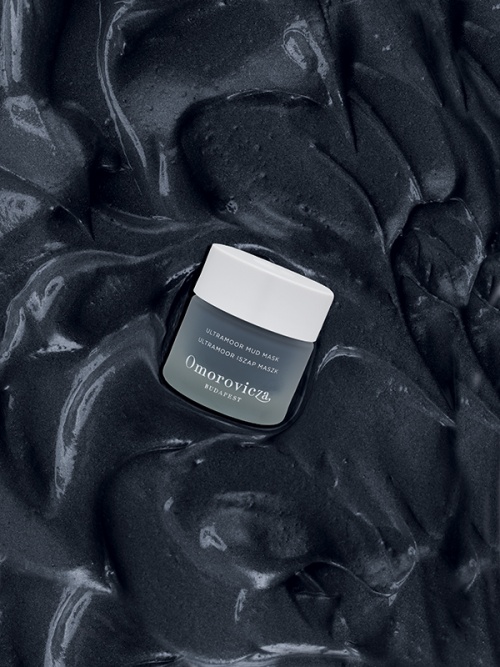
Another of the Omorovicza’s line’s key ingredients is mud, from Lake Heviz near Budapest. “We needed to get a special permit to extract the mud from the bottom of the lake,” Omorovicza says. “It’s a thick sludge that filters water and traps all the minerals. Our products contain 10 per cent mud. It’s not a lot, but a little goes a long way.” The mud is rich in trace elements, essential lipids and antioxidants. It energises and hydrates the skin. The Omorovicza’s line’s Ultramoor Mud Mask is an innovative detoxifying mask enriched with marine ingredients, which lifts and defines the contours of the face.
Omorovicza’s business not only makes skincare products, it also runs spas. “I personally love spas,” he says. His company has one spa of its own in Budapest and has plans for more in London. It also offers spa treatments in hotels in various places. In Hong Kong, Omorovicza’s hotel partner is the Grand Hyatt Hong Kong. The benefits of the thermal spring water from the Rácz were once enjoyed only in Budapest. Thanks to Omorovicza’s enterprise, those benefits may soon be enjoyed the world over.





























